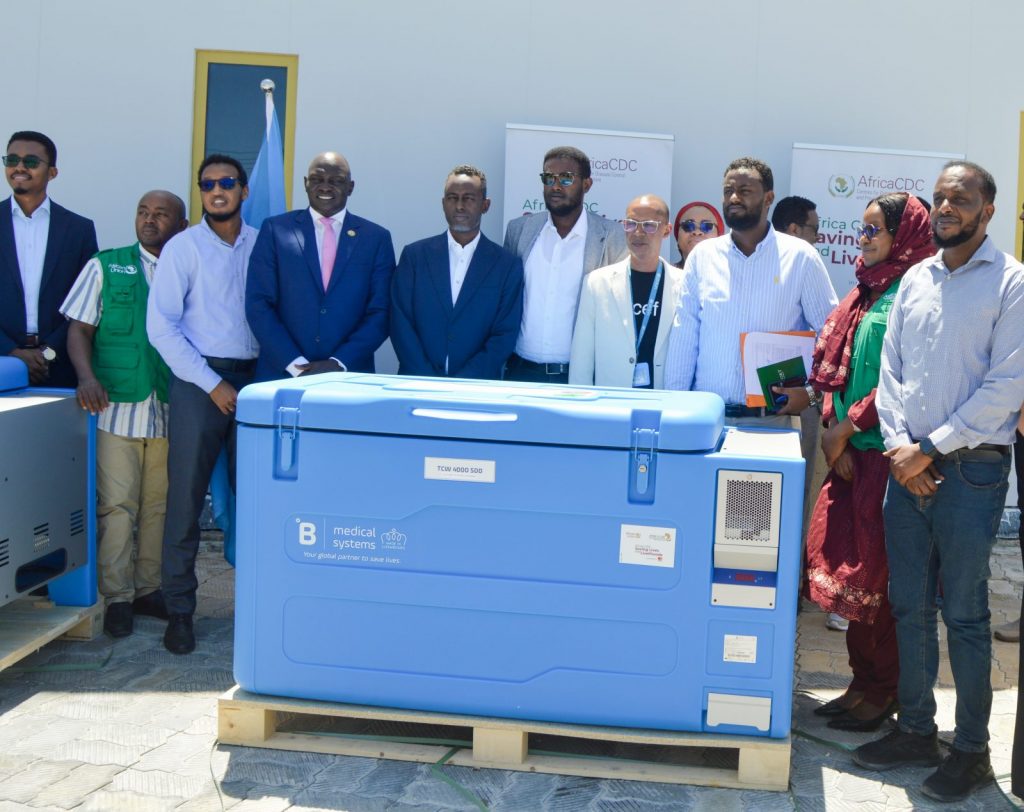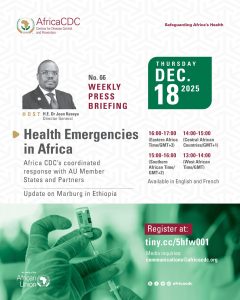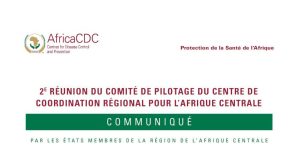COVID-19 health response lasts the mile on the continent
In 2021, faced with the possibility of receiving up to 900 million doses of COVID-19 vaccines to vaccinate 70% of Africa’s population, Dr John Nkengasong, the then Director of the Africa Centres for Disease Control and Prevention (Africa CDC), tasked his team with assessing and expanding the cold chain capacity. The existing capacity and the required space to receive such vaccines were difficult to estimate, and supply planning was done with assumptions.
A massive expansion of cold chain space was required to accommodate both the COVID-19 vaccines and the routine immunization program vaccines. It became Dr Merawi Aragaw Tegegne, Africa CDC’s acting head of the Division of Emergency Preparedness and Response’s sole responsibility to ensure enough space to store the vaccines was available.
Between the end of December 2021 and Feb 2022, with the support of Unicef, Tegegne and his Saving Lives and Livelihoods (SLL) team carried out an assessment of existing cold chain capacity across the continent to the last health post.
“We found that there is not enough cold chain space; some had old and worn-out equipment across the continent that needed to be replaced even for the routine immunization programs,” Tegegne said.
“If there are no proper conditions for keeping vaccines, they will expire,” said Dr Mosoka Fallah, Program Manager SLL, Africa Center for Disease Control.
In Cameroon, for example, Fallah said, they had average vaccination storage, Emergency Preparedness and Response; when COVID-19 came, there was a surge of vaccines, space was required, and the goal was to support them with cold chain equipment so they will have the optimum environment to keep the vaccines that were brought in, said Dr Fallah.
The assessment showed cold chain and ancillary equipment worth USD 128.7 million in 35 countries was required. “This ranges from passive devices like cold boxes to big facilities like cold rooms,” Dr Tegegne explained.
Dr Nkengasong was optimistic about getting a massive consignment of vaccines from the global market. The big question was where was it going to be stored. MasterCard Foundation came to his aid. The Canadian international non-profit organization allowed Africa CDC to plan for a huge consignment of vaccines with the Saving Lives and Livelihoods program. For the USD 128 million worth of cold chain equipment gaps, the first procurement through UNICEF was around $35 million, and about US$75 million was allocated to cold chain procurement, distribution, installation and maintenance.
“The operation was huge and challenging. We had to consider what kind of service we should put in place. Cold chain equipment that UNICEF would procure and deliver is one thing. Still, we must install, run, and maintain it for the next 3 to 4 years with regular inventory reports to Africa CDC,” said Dr. Tegegne.
He recalls when they started to implement the SLL program, they had to visit countries and plan with them. The countries identified cold chain equipment as one of the main challenges and gaps.
“That is how we came to choose cold chain equipment as a necessary intervention,” said Dr Tegegne. “This was a big undertaking for Africa CDC as a young institution, but it is a transformation for the health sector.”
At the same time, there were similar initiatives, such as the cold chain optimization programme sponsored by GAVI Unicef, among others. Africa CDC had to work with GAVI and UNICEF to identify countries where they were already working and what equipment they were bringing.
“Without duplication of resources or waste, we were harmonizing the project perfectly,” he said.
Member States are willing to get cold chain equipment because it’s a critical need, Tegegne noted. However, some challenges remain with some countries needing the development of suitable infrastructure like the construction of cold rooms, “which our funder does not allow.” Yet, another problem is that it takes an extended period, 6 to 9 months, to get cold chain equipment from manufacturers down to the health post.
These challenges do not overshadow the impact. Dr Tegegne said the most significant impact was the ability to vaccinate over 35 million people. Still, the non-availability of cold chain equipment was not as challenged because of the slow arrival of vaccines. “Replacing old, worn-out equipment is the biggest leverage for enhancing immunization,” he said. “One of the legacies of the SLL program is the cold chain equipment initiative, which is far-reaching beyond responding to the COVID-19 pandemic. It is transforming routine immunization programs. With this equipment, whatever immunization campaign you want to do, you will not have any problem, which is a big help to the health systems.” Dr Fallah said some analyses showed that the benefit of cold chain equipment investment will last for the next ten years.







